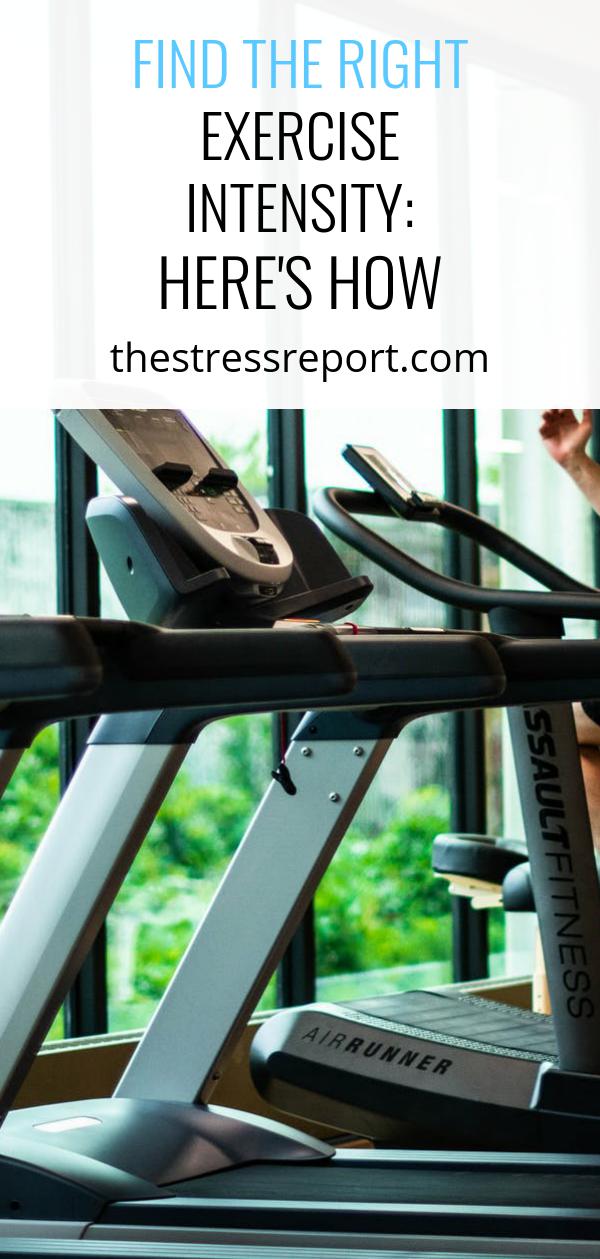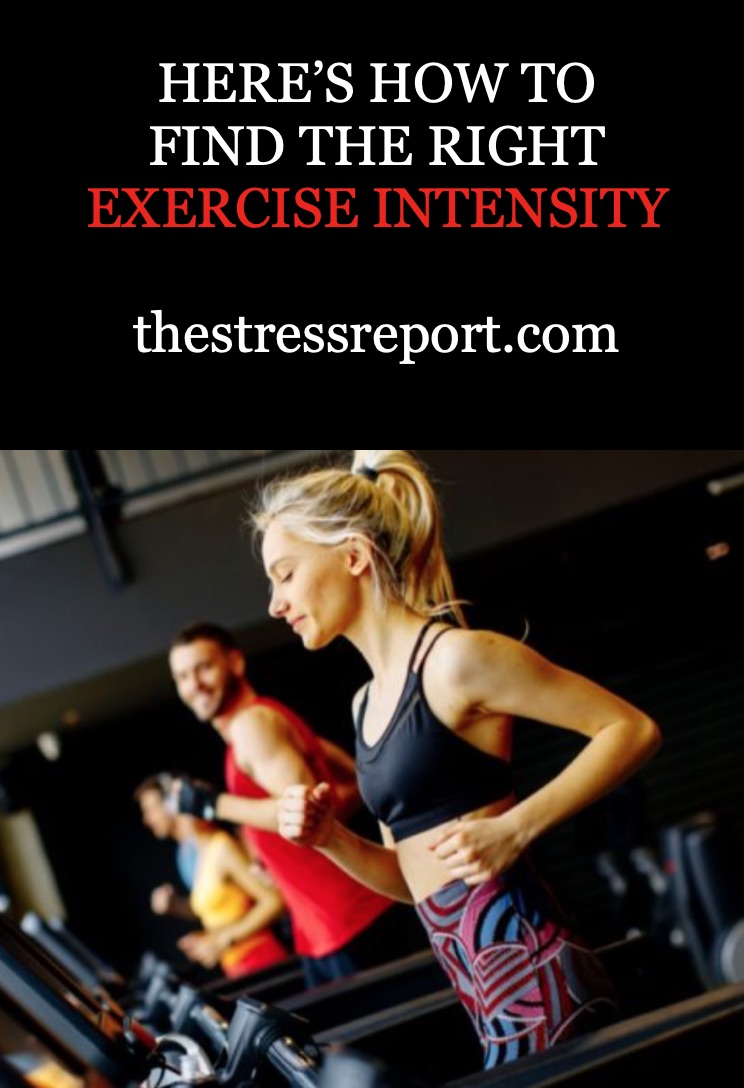We’ve all heard the exercise guidelines that recommend we participate in 30 minutes of moderate-intensity physical activity 3-5 times per week. That seems easy enough to implement. Or, does it? The duration and frequency guidelines are very straight-forward and easily defined. But, moderate intensity is often left to interpretation. So, how do we define moderate?
First, we need to understand that the definition of moderate intensity can be completely different from one individual to another. For example, a well-trained athlete may be in a moderate zone when running 5 miles in 30 minutes. Yet, for a novice exerciser who is very overweight, moderate means walking one mile in 30 minutes.
Don’t let this confuse you. While the intensity level is very critical in the overall guideline, fortunately, it’s also fairly easily identified. The ACSM (American College of Sports Medicine) defines moderate as an intensity of 40 percent to 60 percent VO2 maximum. But, since most of us don’t know how to determine our VO2 maximum, there are easier definitions to utilize.

You can base VO2 loosely on your maximum target heart rate zone. A VO2 maximum of 40-60% equates to about 50 to 70 percent of maximum heart rate (MHR). And determining your MHR and the corresponding percent zones is relatively simple. Below is an easy calculation for determining your specific MHR and what 50-70 percent equates to.
Target Heart Rate Zone
Take 220 and subtract your age. This equals your MHR. (Example: For a 30-year-old your MHR is 190)
Next to determine your low range of 50 percent, simply take 190 and multiply it times 50 percent. (Example: For a 30-year-old this would equal 95).
Finally, to determine your high range of 70 percent, simply take 190 and multiply it times 70 percent. (Example: For a 30-year-old this would equal 133).
Also, some medications can raise or lower your heart rate and change the heart’s response to exercise. Beta-blockers are among those that alter the heart rate. This means that people taking these types of prescriptions should probably use another option for monitoring their intensity.
There are some other very good ways to measure intensity for both people taking medications or those just looking for a more convenient method. Two good options are the Ratings of Perceived Exertion (RPE) method and the Talk Test.
RPE
This takes into account what the exerciser is perceiving in terms of exercise fatigue and it correlates well with cardiorespiratory and metabolic factors like heart rate and overall fatigue. The RPE scale starts with 0 and ends with 10. A rating of 0 equates to doing nothing, being at rest. A rating of 10 is equal to maximum effort, working very, very hard. For moderate intensity, an exerciser should strive for reaching somewhere between a 4-6, which the scale defines as a somewhat hard to a hard effort.
A great way to measure intensity (where appropriate), is utilizing both the RPE and Target Heart Rate Zone. The exerciser should identify where they fall on the RPE scale when their heart rate is between 50 70% maximum. This will allow them to accurately use only the RPE scale for measuring intensity when it is not feasible to determine their THR.

Talk Test
The final method for measuring exercise intensity is the Talk Test. Like the RPE, the talk test is subjective. The exerciser simply ensures that he works out at a level where he can carry on a comfortable conversation. He should be able to breathe comfortably during exercise. In simple terms, the exerciser would be working out too hard if he has to take a breath between every word he says. On the flip side, he would be exercising at too easy of an intensity if he could sing several phrases of a song without breathing hard.
Now you know how to define moderate and that means you don’t have any more excuses. It’s time to get moving. Keep in mind that the ACSM guidelines are minimum recommendations. For more significant health improvements and/or weight loss or for more advanced exercises, consider increasing any part of the three recommendations found in their guideline.





